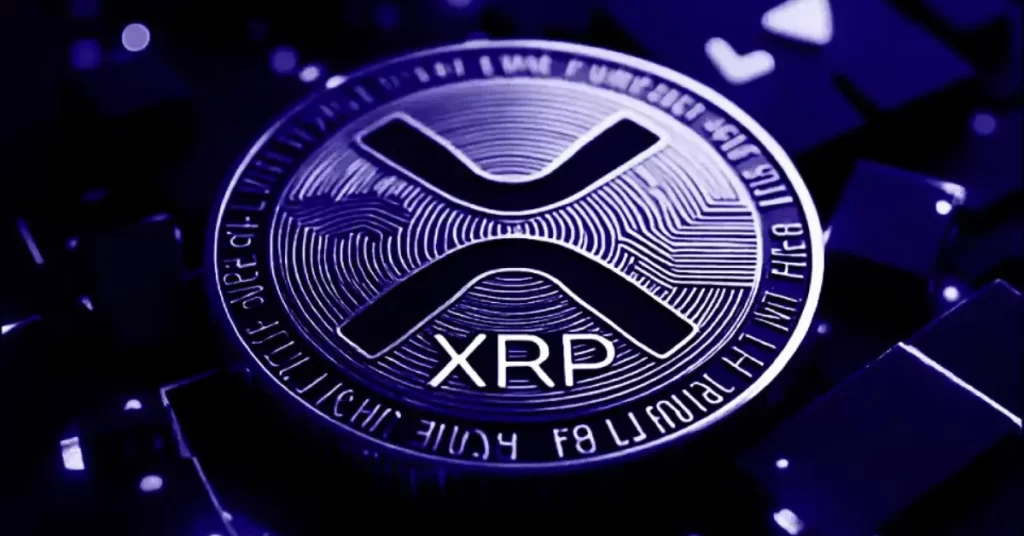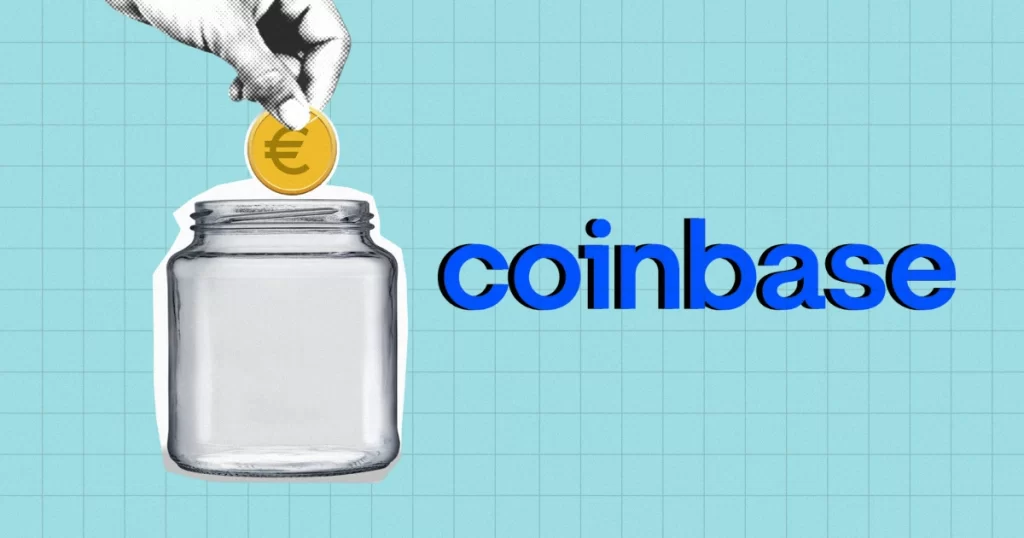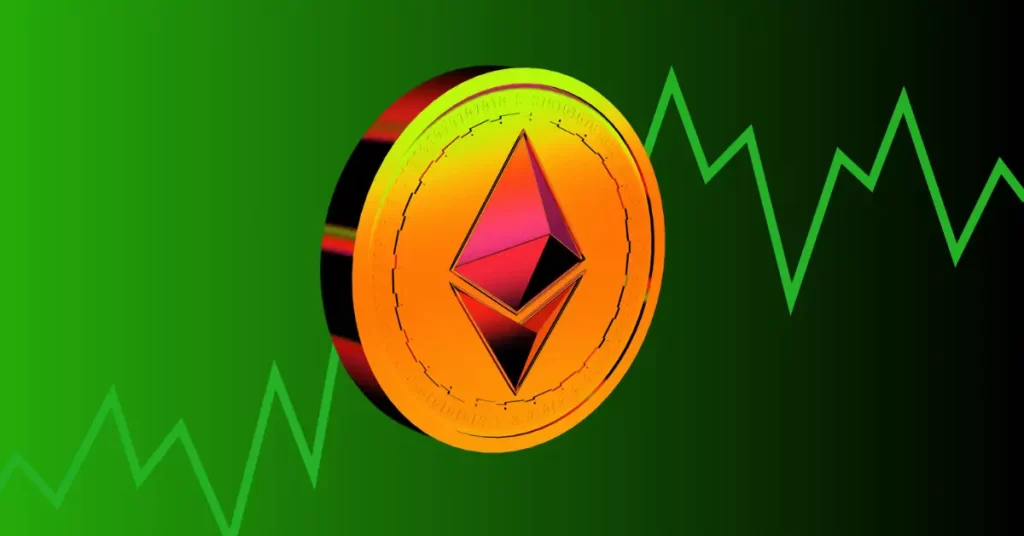
The post XRP Price Suppression: Why $20 Hopes Might Just be a Pipe Dream appeared first on Coinpedia Fintech News
In the current bull market, XRP’s trajectory remains uncertain, especially with the ongoing legal battles against the SEC. While there have been mixed reports regarding the SEC’s actions, the reality is that Ripple is actively working to address these challenges .Following the XRP Summit and the announcements made at Ripple Swell, many in the community are eager to see how XRP will respond in this market environment. Will XRP finally make a move, or will it continue to lag behind?
On The Paul Barron Network, Tim Warren, host of Investing Broz, shared his thoughts on the ongoing suppression of XRP’s price. He believes the extent of this suppression has been significant, casting doubt on the overly optimistic predictions that some have made about XRP’s future. While there are still individuals hoping for XRP to reach between $20 to $40—and even some dreaming of $420—Warren feels these numbers are unrealistic in the current market environment.
Realistic Expectations for XRP
Warren said that while $20 is not out of the question, he doesn’t foresee XRP gaining the momentum it needs to reach those heights in this bull market. He acknowledges that XRP will continue to be utilized, particularly by institutional investors, which gives him hope for its future.
Historically, being bullish on XRP was a popular stance, but Warren notes a shift in sentiment. Many retail investors have lost faith in XRP due to recent price trends and chart patterns, making it a less popular position to hold. As a trader, he finds it challenging to defend XRP based on current charts, but he believes that its strong fundamentals and existing partnerships may lead to surprising outcomes.
Potential for Future Growth
Despite the current sentiments, he believes XRP could realistically reach between $5 to $6. He also suggests that the ongoing suppression of XRP’s price may be part of a larger institutional strategy aimed at dissuading retail investors from holding on. This could lead to a scenario where institutions profit while retail investors miss out on potential gains.

 2 weeks ago
13
2 weeks ago
13









 English (US) ·
English (US) ·